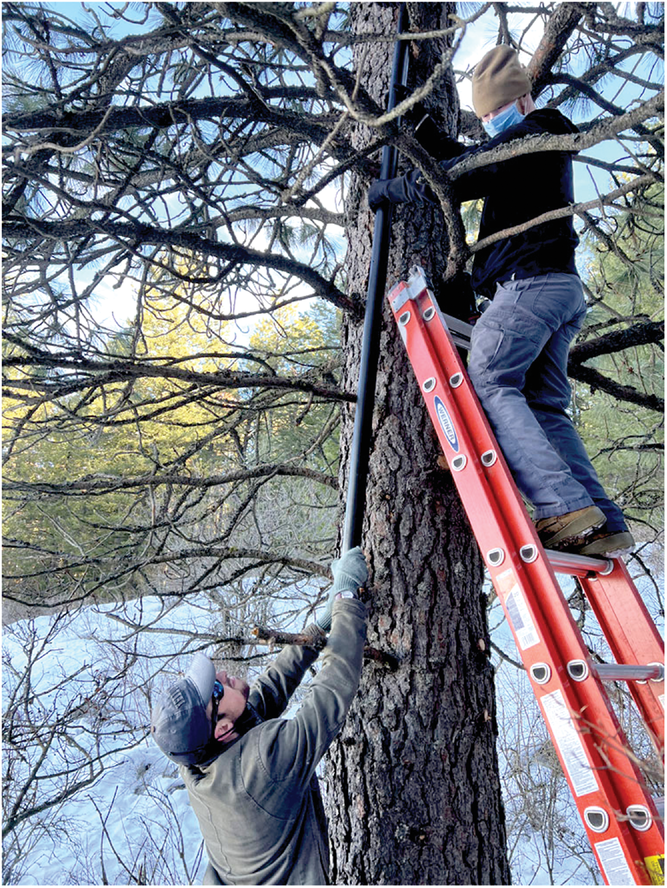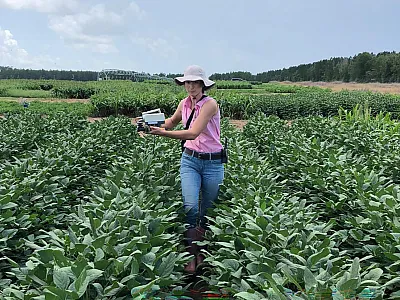Bridging the Virtual/Physical Reality Gap in Natural Resource Education

University students stepped into synchronous remote learning as the COVID‐19 pandemic arrived in spring 2020. Temporal limitations of the live field trip‐based paradigm in teaching ecology have been complicated by remote learning. An undergraduate natural resource ecology class seeks to meet this challenge through the design and deployment of an immersive virtual ecology platform with associated field explorations and data analysis using a 360° video apparatus and software applications augmented with wildlife camera trap videos and aerial drone images.
“I consider the WSU Virtual Ecology site development as a logical extension to my flipped‐classroom approach as the key teaching technique in this remote format of communication,” explains WSU's William Schlosser. He says it served two goals: (1) to keep students motivated in class, and (2) to broaden a visual component through a virtual reality interface that effectively eliminates limitations imposed by mandated physical distance.
Virtual presentation of video/audio environmental images, combined effectively with hands‐on activities, increases student comprehension. Viewed as a meaningful opportunity to move a step away from passive textbook reading, it leads to interactive connectivity through practical contextualization of abstract environmental science concepts. As a powerful visual component, it activates student perceptual capabilities in their broader exposure to ecological topics through a lens of the virtual/physical interface.
Adapted from Schlosser, W.E., Aumell, A.J., & Kilkenny, M.M. (2023). Hybrid classroom approach: Virtual and live field data integration. Natural Sciences Education, 52, e20094. https://doi.org/10.1002/nse2.20094
Text © . The authors. CC BY-NC-ND 4.0. Except where otherwise noted, images are subject to copyright. Any reuse without express permission from the copyright owner is prohibited.











